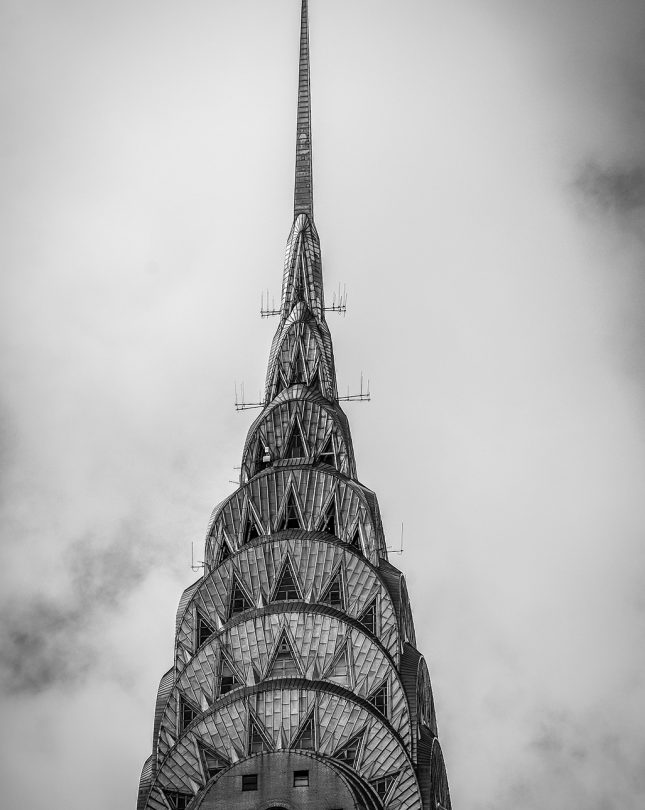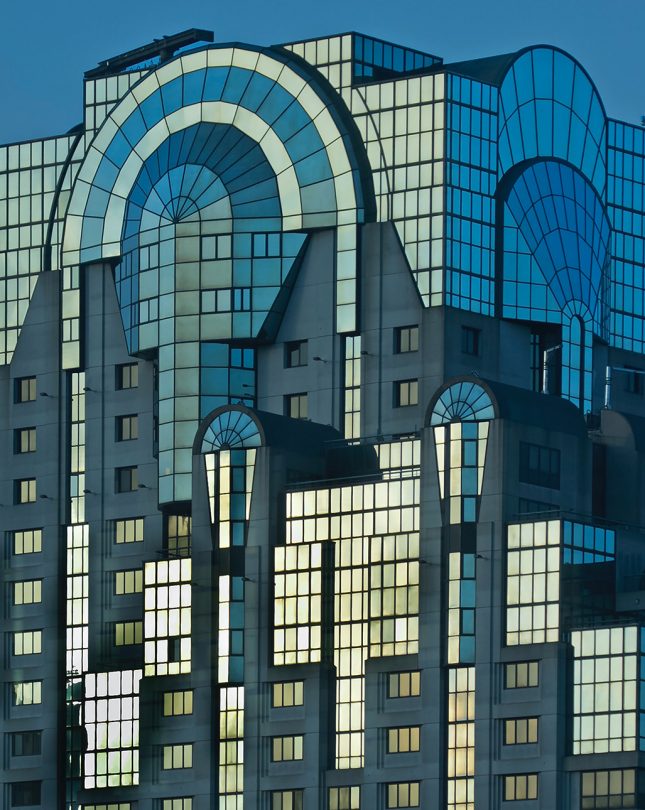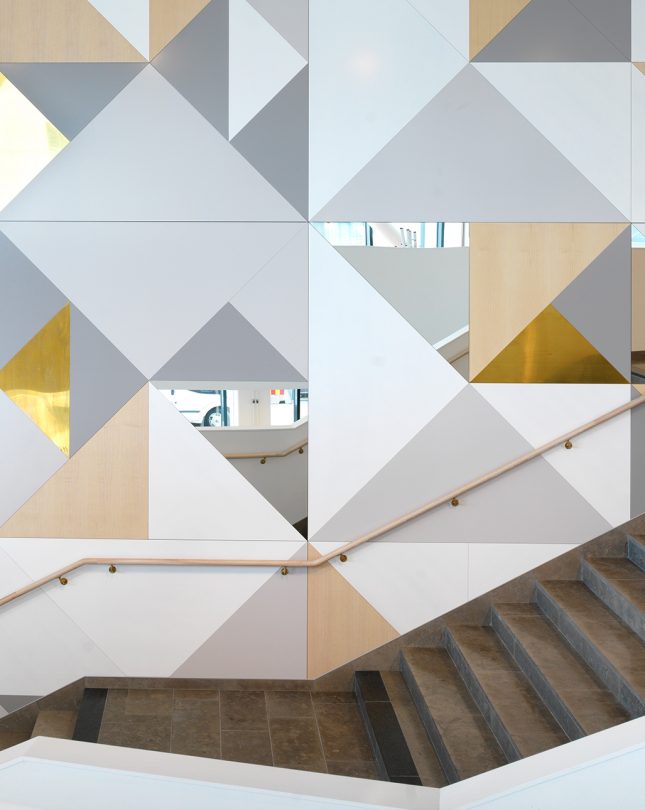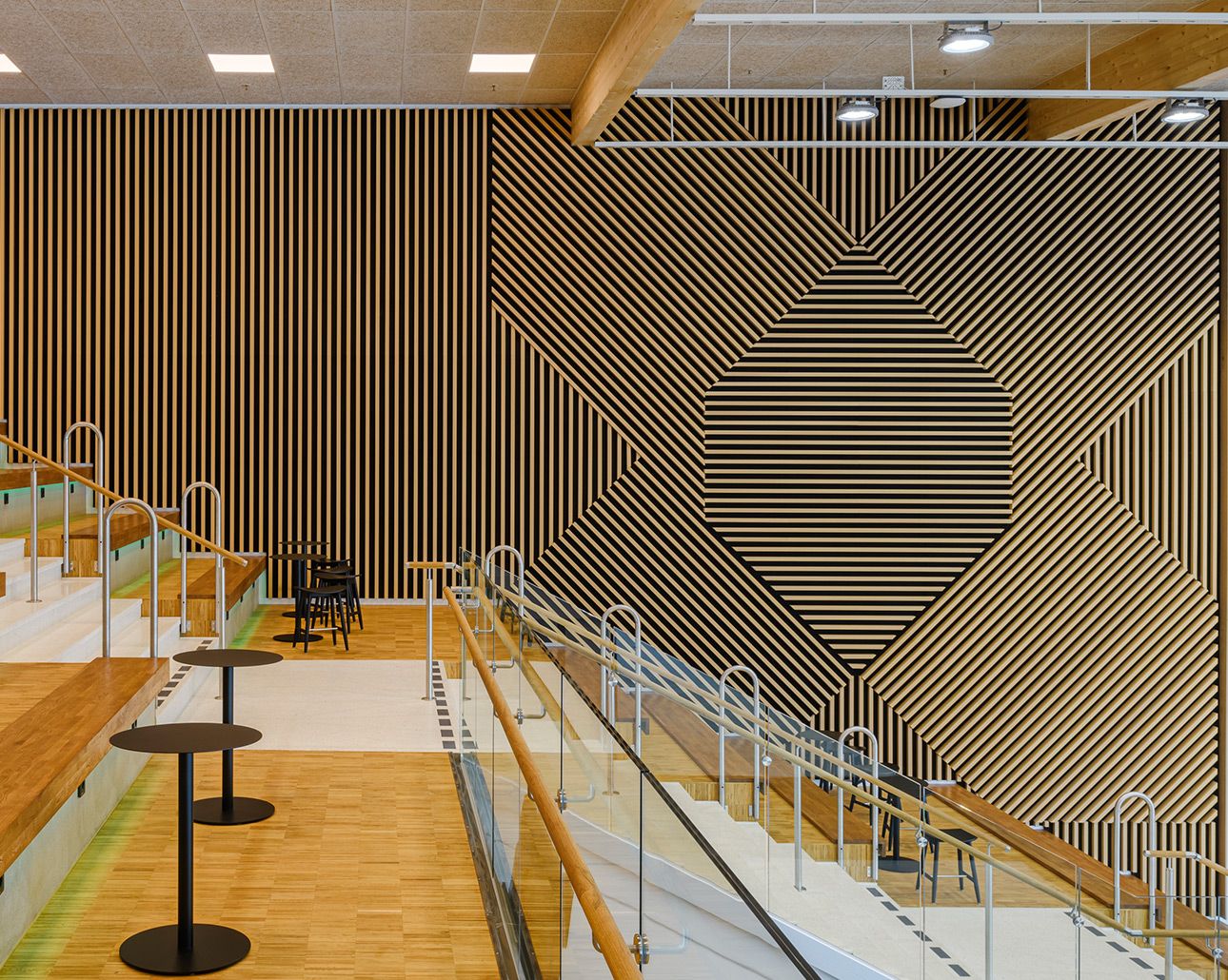Our latest news and views English
Underpinned by our Scandinavian design heritage, we bring you regular stories about architecture and interiors, exploring natural materials, acoustics, and the creation of safe and harmonious environments.
Geometric patterns have inspired designers through the ages, adding creativity and drama to buildings and interiors. We explore the impacts that geometric patterns can have; from the past and until the present day.
A flick through Collins’ dictionary defines geometric patterns as ‘patterns or shapes consisting of regular shapes or lines in a repeating pattern’. In various formations of spirals, tessellations and waves; from honeycombs to snowflakes and spider webs, patterns have been occurring in the natural world since the dawn of time.

Geometric patterns have long been of interest to artists and designers, going all the way back in time to 900-700 BC, when for example vases were adorned with bands of patterns featuring zigzags and triangles.
Islamic art and architecture has long used geometric patterns, including repeating squares and circles overlaid with other motifs such as simple stars, and evolving over time to more complicated designs featuring for example calligraphy.
In more recent history, geometric patterns were a large part of the Art Deco movement of the 1920s and 1930s. Structures such as the spire of the Chrysler building by architect William Van Alen or the National Basilica of the Sacred Heart in Brussels epitomise the style. And later, in the 1960s and 1970s, while fashion was playing with all sorts of patterns, geometric patterns abounded in interiors too; in wallpapers, flooring and household objects, and often in the on-trend shades of yellow, brown and orange.
So just what informs our love of particular shapes and patterns? According to a study entitled Emotions Evoked by Geometric Pattern, squares are associated with stability, trust and honesty, while triangles symbolise aggression, energy and conflict. Circles, on the other hand, were associated with completeness, playfulness and gracefulness. The author, Laura Trautmann also found that “The colours and textures of the patterns have an enormous effect” which suggests that, when considering geometric patterns on surfaces, there is an interplay between the patterns and colours, as well as the texture of the surface material.


When it comes to surface materials, at Gustafs we have been involved in many projects where designers have found creative ways to combine texture, colour and patterns. From the feature wall of wood ribs arranged diagonally and vertically, at Scandinavia XPO to the atrium wall design which features a grid of white and painted ash veneer panels decorated with an artwork called “Exploration of Another World”.
Offering endless possibilities to artists, designers and architects, geometric patterns have shaped interiors for thousands of years. From offering a sense of stability to evoking playfulness, patterns will continue to inspire and affect our perception of space.

